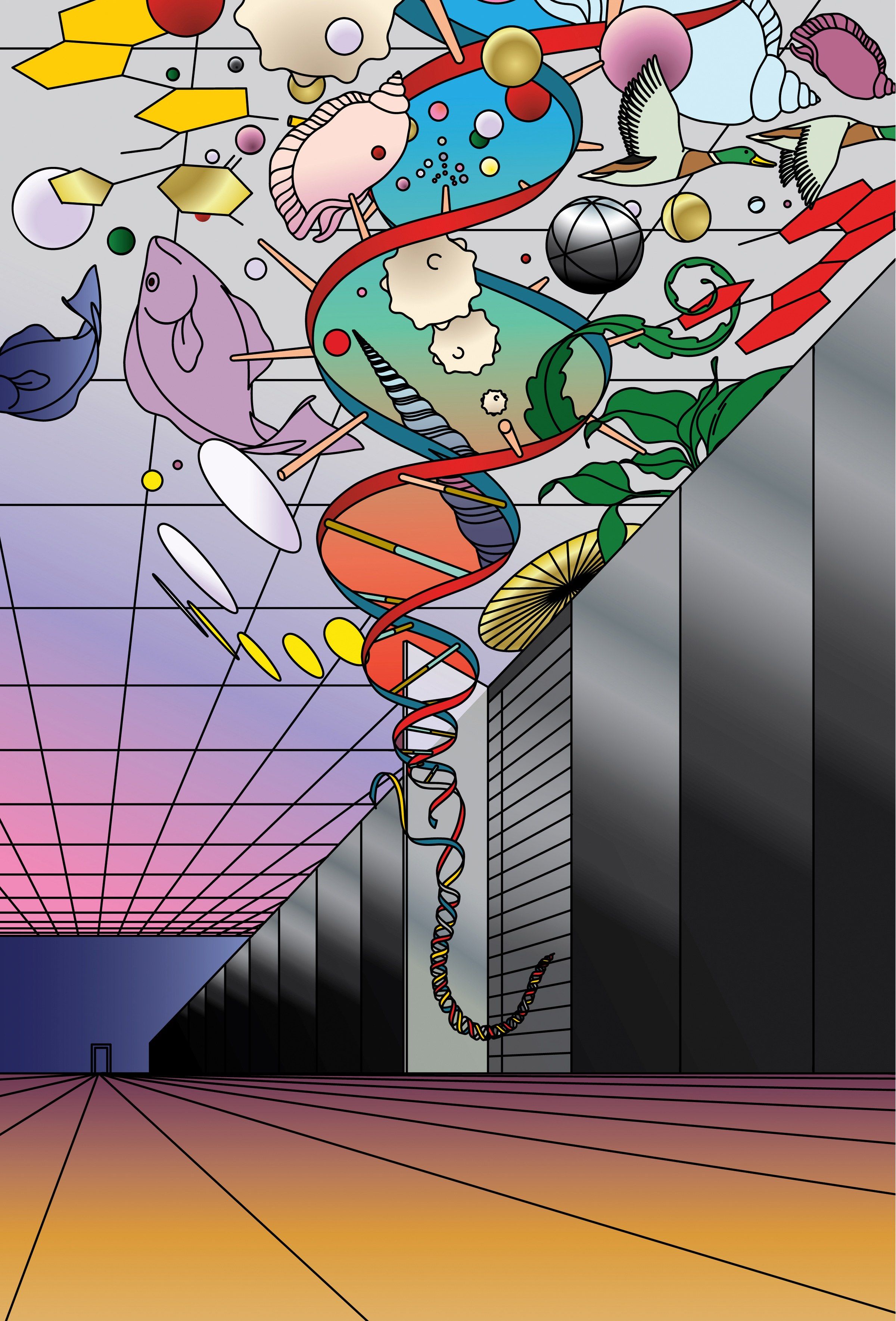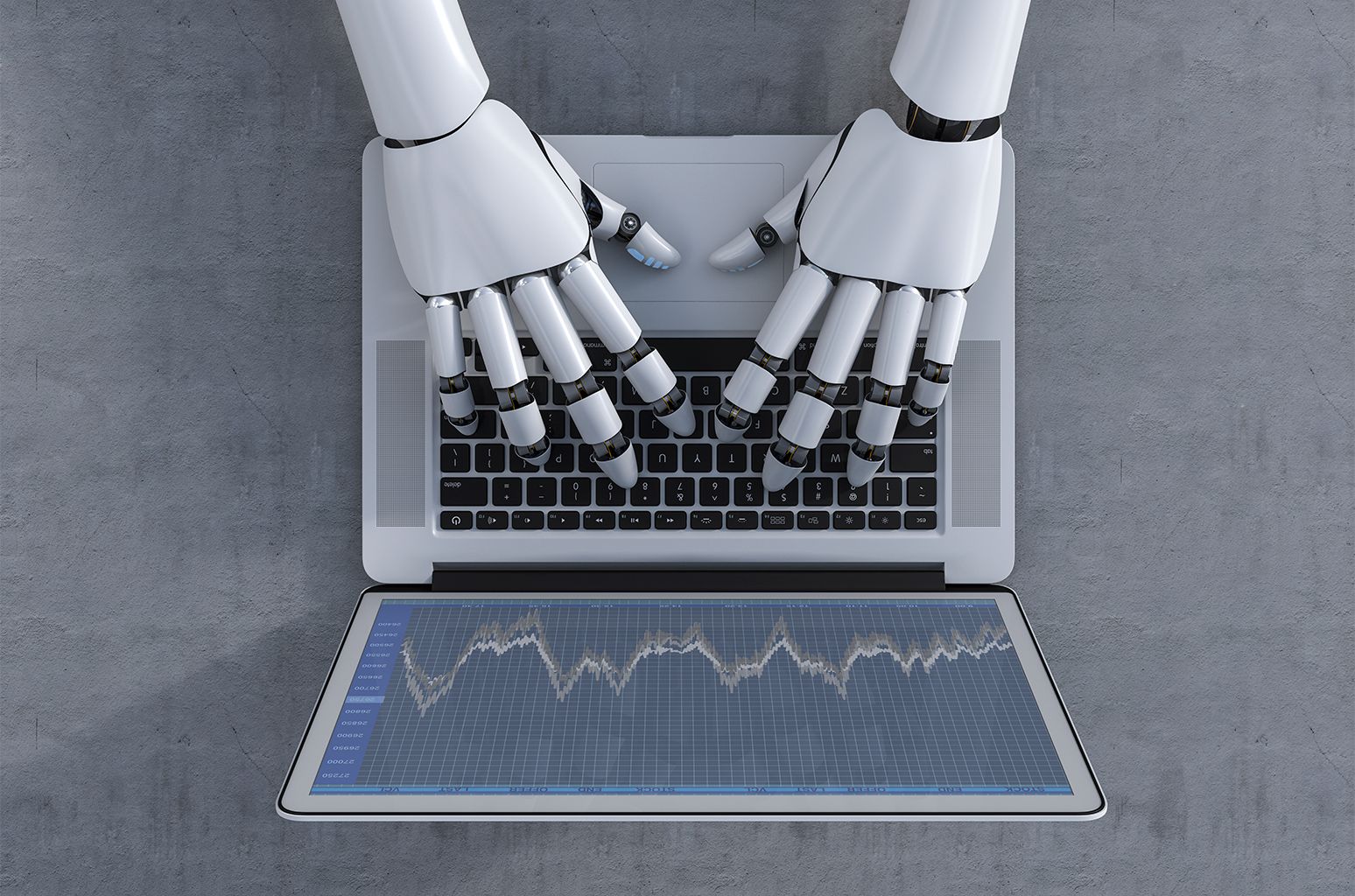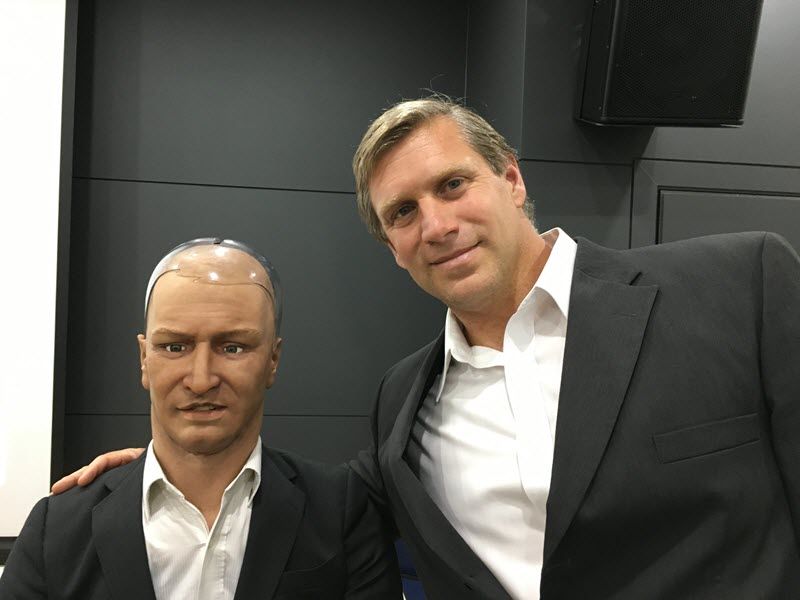A Kansas City startup wants to make roads smart by replacing asphalt with high-tech slabs of concrete. But are they better, than normal roads?



If you’re not learning, you’re missing out on earnings.
It’s easy to write off the Internet of Things (IoT) as a great technology solution looking for a problem; yet another acronym clogging up the hype cycle.
High-performance organizations, however, see IoT very differently. For them, IoT is already on the front line, where data and machine learning combine to power them exponentially ahead. When these organizations look at IoT, they don’t see a new technology to connect things. Instead, they see a business decision—and a better way to inform it.


Check out the internal Google film, “The Selfish Ledger”. This probably wasn’t meant to slip onto a public web server, and so I have embedded a backup copy below. Ping me if it disappears. I will locate a permanent URL.
This 8½ minute video is a lot deeper—and possibly more insipid—than it appears. Nick Foster may be the Anti-Christ, or perhaps the most brilliant sociologist of modern times. It depends on your vantage point, and your belief in the potential of user controls and cat-in-bag containment.
He talks of a species propelling itself toward “desirable goals” by cataloging, data mining, and analyzing the past behavior of peers and ancestors—and then using that data to improve the experience of each user’s future and perhaps even their future generations. But, is he referring to shared goals across cultures, sexes and incomes? Who controls the algorithms and the goal filters?! Is Google the judge, arbiter and God?
Consider these quotes from the video. Do they disturb you? The last one sends a chill down my spine. But, I may be overreacting to what is simply an unexplored frontier. The next generation in AI. I cannot readily determine if it ushers in an era of good or bad:
There’s that odd term again: behavioral sequencing. It suggests that we are mice and that Google can help us to act in unison toward society’s ideal goals.
Today, Fortune Magazine described it this way: “Total and absolute data collection could be used to shape the decisions you make … The ledger would essentially collect everything there is to know about you, your friends, your family, and everything else. It would then try to move you in one direction or another for your or society’s apparent benefit.”
The statements could apply just as easily to the NSA as it does to Google. At least we are entering into a bargain with Google. We hand them data and they had us numerous benefits (the same benefits that many users often overlook). Yet, clearly, this is heavy duty stuff—especially for the company that knows everything about everyone. Watch it a second time. Think carefully about the power that Google wields.
 Don’t get me wrong. I may be in the minority, but I generally trust Google. I recognize that I am raw material and not a client. I accept the tradeoff that I make when I use Gmail, web search, navigate to a destination or share documents. I benefit from this bargain as Google matches my behavior with improved filtering of marketing directed at me.
Don’t get me wrong. I may be in the minority, but I generally trust Google. I recognize that I am raw material and not a client. I accept the tradeoff that I make when I use Gmail, web search, navigate to a destination or share documents. I benefit from this bargain as Google matches my behavior with improved filtering of marketing directed at me.
But, in the back of my mind, I hope for the day that Google implements Blind Signaling and Response, so that my data can only be used in ways that were disclosed to me—and that strengthen and defend that bargain, without subjecting my behavior, relationships and predilections to hacking, misuse, or accidental disclosure.
Philip Raymond sits on Lifeboat’s New Money Systems board. He co-chairs CRYPSA, hosts the Bitcoin Event, publishes Wild Duck and is keynote speaker at global Cryptocurrency Conferences. Book a presentation or consulting engagement.
Credit for snagging this video: Vlad Savov @ TheVerge

Not everyone is convinced. Critics point out that one of the points of exponential growth is that it cannot carry on forever. After a 50-year run, Moore’s Law is stuttering. Singularitarians retort that the laws of physics define a limit to how much computation you can cram into a given amount of matter, and that humans are nowhere near that limit. Even if Moore’s Law slows, that merely postpones the great day rather than preventing it. Others say the Singularity is just reli…gion in new clothes, reheated millenarianism with transistors and Wi-Fi instead of beards and thunderbolts. (One early proponent of Singularitarian and transhumanist ideas was Nikolai Federov, a Russian philosopher born in 1829 who was interested in resurrecting the dead through scientific means rather than divine ones.) And those virtual-reality utopias do look an awful lot like heaven. Perhaps the best way to summarise the Singularity comes from the title of a book published in 2012: the Rapture of the Nerds.
And will it lead to the extermination of all humans?
by T.C.

The University of Everywhere is on the horizon.
It’s going to emerge while the current generation of young people mature into adulthood.
This is what it will look like and what attending it will mean:
Organizations such as edX, Coursera, Udacity, Saylor, OLI and a range of others like the United Kingdom’s long-established Open University will continue to create and refine an ever-larger catalogue of college courses that anyone in the world with an Internet connection can take, for free.

https://www.wired.com/…/biology-will-be-the-next-great-comp…
In some ways, Synthego looks like any other Silicon Valley startup. Inside its beige business park facilities, a five-minute drive from Facebook HQ, rows of nondescript black server racks whir and blink and vent. But inside the metal shelving, the company isn’t pushing around ones and zeros to keep the internet running. It’s making molecules to rewrite the code of life.
Crispr, the powerful gene-editing tool, is revolutionizing the speed and scope with which scientists can modify the DNA of organisms, including human cells. So many people want to use it—from academic researchers to agtech companies to biopharma firms—that new companies are popping up to staunch the demand. Companies like Synthego, which is using a combination of software engineering and hardware automation to become the Amazon of genome engineering. And Inscripta, which wants to be the Apple. And Twist Bioscience, which could be the Intel.
All these analogies to the computing industry are more than just wordplay. Crispr is making biology more programmable than ever before. And the biotech execs staking their claims in Crispr’s backend systems have read their Silicon Valley history. They’re betting biology will be the next great computing platform, DNA will be the code that runs it, and Crispr will be the programming language.

Forget the trial and error — mathematics has proved where the best spot to place your router is.
Physicist Jason Cole has figured out a formula that can work out the best place to position your wireless router, and it ultimately depends on your house’s floor plan.
Cole started investigating the science behind router placement in an attempt to optimise his wifi signal.

There is an enduring fear in the music industry that artificial intelligence will replace the artists we love, and end creativity as we know it.
As ridiculous as this claim may be, it’s grounded in concrete evidence. Last December, an AI-composed song populated several New Music Friday playlists on Spotify, with full support from Spotify execs. An entire startup ecosystem is emerging around services that give artists automated songwriting recommendations, or enable the average internet user to generate customized instrumental tracks at the click of a button.
But AI’s long-term impact on music creation isn’t so cut and dried. In fact, if we as an industry are already thinking so reductively and pessimistically about AI from the beginning, we’re sealing our own fates as slaves to the algorithm. Instead, if we take the long view on how technological innovation has made it progressively easier for artists to realize their creative visions, we can see AI’s genuine potential as a powerful tool and partner, rather than as a threat.
